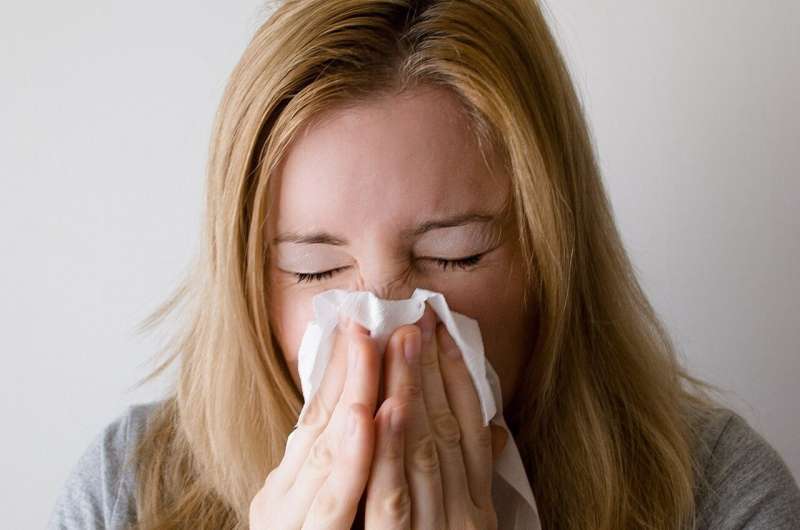Explore the key differences between hay fever, COVID-19, and other respiratory conditions. Discover how to identify the underlying cause of your symptoms and the appropriate treatment options. Stay informed and stay healthy with this comprehensive guide. Hay Fever, COVID-19, Influenza

Identifying the Culprit: Hay Fever, COVID, or Something Else?
Navigating the symptoms of hay fever, COVID-19, and other respiratory conditions can be a daunting task. Hay fever, also known as allergic rhinitis, affects a staggering 24% of Australians. The key signs include sneezing, a runny or stuffy nose, and itchy eyes, nose, throat, or ears. However, with COVID-19 still circulating and other viruses causing cold-like symptoms, it’s crucial to understand the distinguishing factors.
Hay fever is triggered by an overreaction of the immune system to certain allergens, such as pollen, mold spores, or dust mites. When the body is exposed to these triggers, it releases chemicals like histamine, resulting in the characteristic hay fever symptoms. In contrast, COVID-19, influenza, and other viral infections often bring on fever, sore throat, muscle aches, and coughing up mucus – symptoms that are not typically associated with hay fever.
Navigating the Diagnostic Maze: Testing and Isolation
If you’re experiencing symptoms, it’s essential to determine the underlying cause. For those with COVID-19 symptoms, taking a rapid antigen test (RAT) when the symptoms first appear and isolating until they subside is crucial to limit the spread of the virus. However, a single negative RAT result doesn’t necessarily rule out COVID-19, so it’s recommended to test again 24-48 hours later if the symptoms persist.
Australians aged 70 and over, as well as those with underlying health conditions, may be eligible for antiviral treatments if they test positive for COVID-19, which can help reduce the risk of severe illness. For individuals with mild COVID-19, RSV, or influenza symptoms, the recommended course of action is to rest, stay hydrated, and take paracetamol to alleviate the symptoms. Consulting a healthcare professional is advised if you have concerns about the severity of your condition or if the symptoms persist.
Treating the Symptoms: Hay Fever Relief and Beyond
Managing hay fever symptoms often involves taking antihistamine medication to block the release of histamine and reduce the associated discomfort. Additionally, using a nasal spray containing a topical corticosteroid can help reduce the swelling inside the nose, alleviating stuffiness and blockage. It’s crucial to use these nasal sprays correctly and consistently over several weeks to achieve the desired effect.
For those with asthma, having an established asthma plan to adjust their medication during hay fever seasons or when exposed to allergens is essential. Precautions should also be taken during thunderstorms, as the burst of pollen can trigger severe asthma attacks, which can even be life-threatening. While most people with COVID-19, RSV, or influenza will recover at home, certain groups, such as the elderly or those with underlying health conditions, may require additional medical attention to prevent serious complications.
